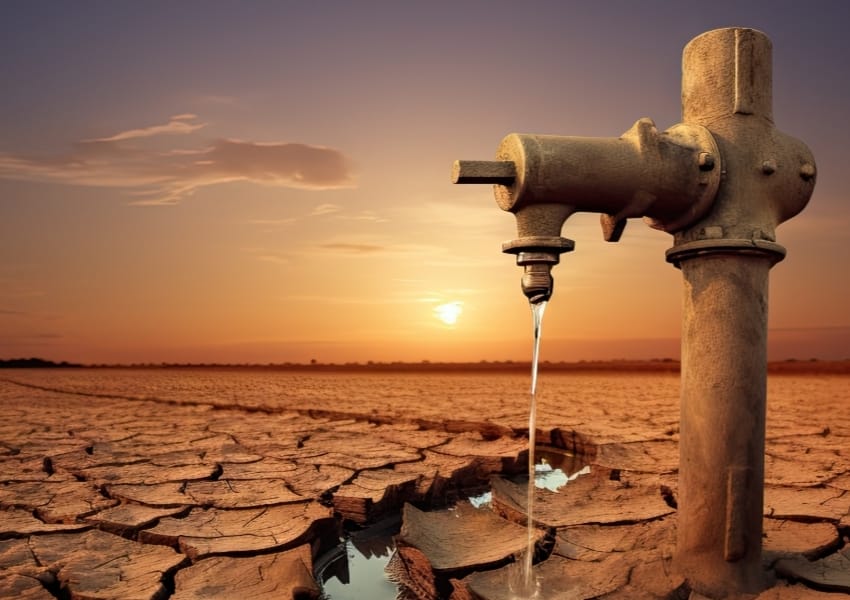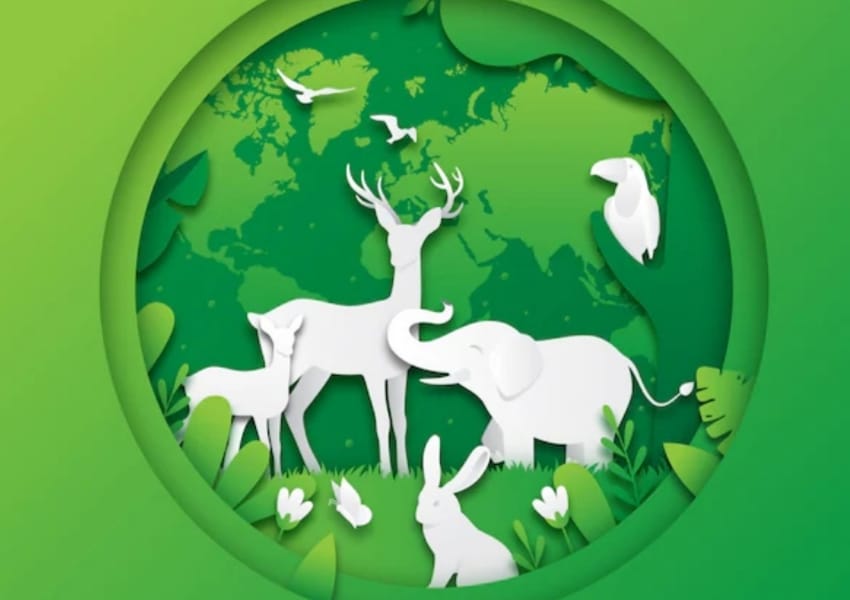5 Major Promises Made At Annual UN Climate Talks And What Has Happened Since

Climate experts say the pledges are just a fraction of the billions of dollars needed, as climate-driven weather extremes such as cyclones, rising sea levels, floods and droughts are increasing as temperatures rise
As the United Nations climate talks conclude in Dubai this week, there is anticipation of significant pledges to combat climate change resulting from the burning of fossil fuels such as oil, gas, and coal. Negotiators are grappling with the pace of fossil fuel reduction and the financing of a substantial transition to green energy, raising the prospect of a historic agreement.
Examining the track record of previous climate promises is essential. Here are insights into five major commitments made over nearly 30 years of climate talks and their subsequent outcomes:
Emissions Cuts in Kyoto (1997):
The Kyoto Protocol, established in 1997, urged 41 high-emitting countries and the European Union to cut emissions by over 5 percent compared to 1990 levels.
While the agreement marked a recognition of the climate problem, adherence to its promises was lacking. Emissions increased significantly since then, with the U.S. and China, the top emitters, abstaining from the agreement.
Copenhagen’s Climate Cash (2009):
The 2009 Copenhagen conference, though seen as a failure in terms of emission reductions, saw a commitment by rich countries to provide USD 100 billion annually to developing nations for clean energy technologies by 2020.
Despite claims of meeting this goal by 2022, concerns persist. Oxfam notes that a significant portion of the funds, around 70 per cent, might be in the form of loans, exacerbating debt issues in developing countries.
The Paris Agreement (2015):
Adopted in 2015, the Paris Agreement, a non-binding global pact, aimed to collectively reduce greenhouse gases and limit global warming to well below 2 degrees Celsius.
While nations have not exceeded the warming limit set in Paris, the current trajectory suggests the need for rapid emissions cuts to avoid surpassing the agreed-upon thresholds.
Glasgow and Coal (2021):
The 2021 Glasgow summit sought to reaffirm the 2015 Paris goals amid a critical point in global warming. Despite aspirations for a “phase-out” of coal, the final agreement settled on a less robust “phase-down.”
Countries, including major coal users, have struggled to fulfil the Glasgow deal. Emissions from coal have risen slightly, and key nations, like India, continue to heavily rely on coal for power generation.
Loss and Damage in Sharm El-Sheikh (2022):
At COP27 in Sharm el-Sheikh, a fund was established for poorer nations to recover from climate change impacts. This followed devastating flooding in Pakistan.Although the Loss and Damage Fund was formalised in Dubai this year, with over USD 700 million pledged, experts emphasise that these amounts are insufficient to address the escalating impacts of climate-driven disasters.
As the current climate talks unfold, the global community remains vigilant, scrutinising the commitment to new promises and urging robust actions to confront the escalating climate crisis. The lessons from past pledges underscore the critical need for genuine, impactful measures to address climate change.
(PTI)














































































































































































































































































































































































































































































































































































































































































































































































































































































































































































































































































































































































